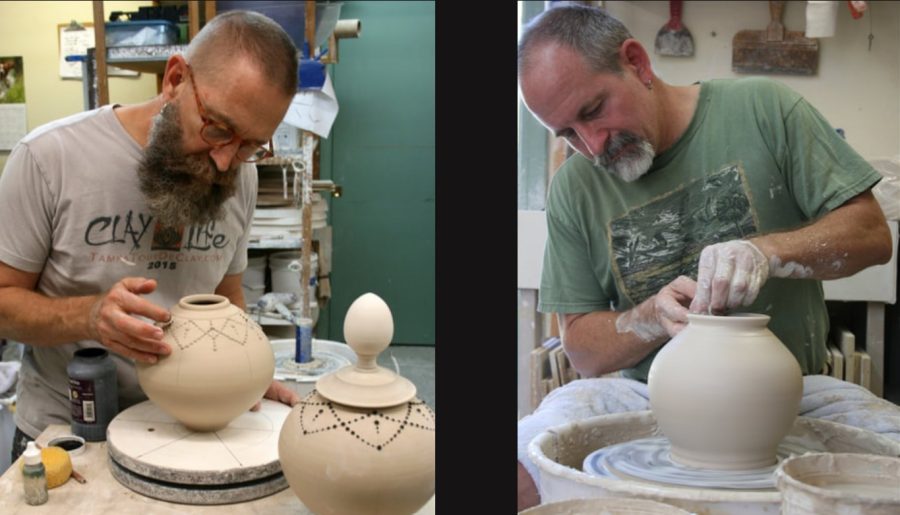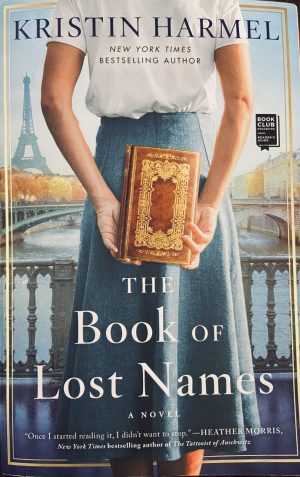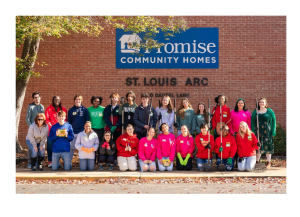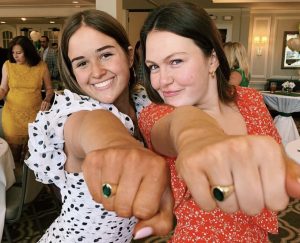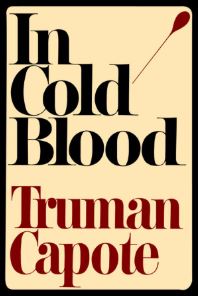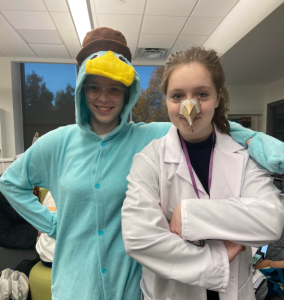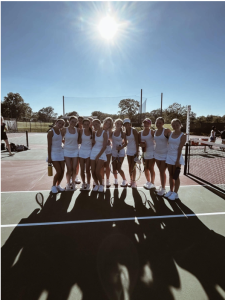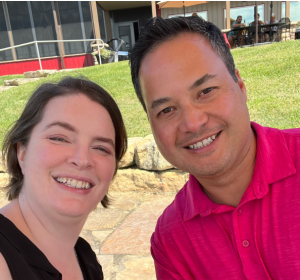Exploring St. Louis’s Art Fair
“Pottery Boys” Glenn Woods (left) and Keith Herbrand (right) create pieces on the wheel.
September 30, 2022
This weekend, I went to the St. Louis Art Fair in Clayton. While the prospect of extra credit for Art History was no doubt an incentive, and I otherwise may not have gone, the lessons I learned were worth more than simply extra credit.
My assignment was to interview an artist, any artist, about their inspiration, process, and other aspects. I knew, going in, that I wanted to focus on artists interested in similar things to my interests (ceramics), and was initially drawn to a booth of what I thought were large wheel-thrown vases. Upon further inspection, I realized they were made of wood!
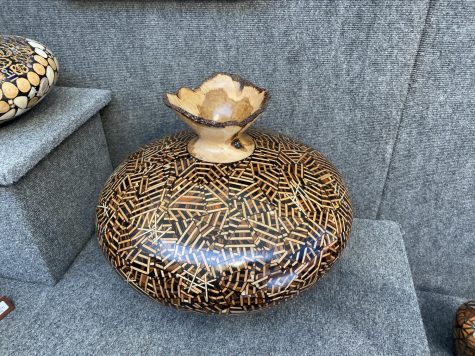
I spoke to the younger man sitting in this booth, named Nick Barnes. I explained my task, and he told me his grandfather, James Edward Barnes, created these pieces. He wood-turns using a large piece of wood, then adds smaller pieces of wood, even using colored pencils, and sometimes wrapping them in copper or another type of metal, then sands them down to be smooth. His grandfather had been a product designer in large cities like Los Angeles and New York before creating his wood-turned pieces. Eventually, he became tired of working in big cities and moved far into the woods, where he began creating his artwork.
“He had been turning wood, but really wanted to do something different, so he began developing a lot of his techniques, like incorporating metal and including inlays,” Nick said.
As I continued throughout the art fair, there were many artists, both focused on ceramics and otherwise, but the sheer talent and creativity showcased were incredible. From paintings so realistic that they looked like pictures, to sculptures of dogs that resembled “Frankenweenie,” there was no shortage of things to buy and see.
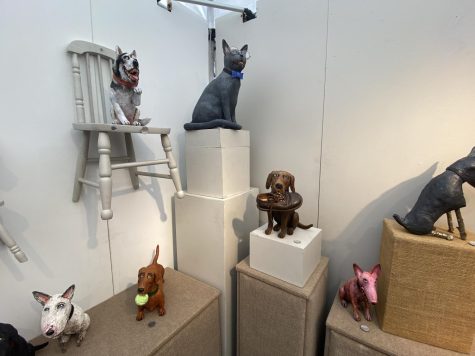
The highlight of my SLAF experience was an artist in a duo called “Pottery Boys.. Only one of the “Pottery Boys” was in attendance, Glenn Woods. I was initially drawn to their booth due to the exciting glazes referred to as crystalline. The name of these glazes fits perfectly with their appearance: they have crystal-like formations all over the surface of the clay. Just the appearance of his work was shocking, he had such simplistic yet interesting forms and had detailing around the top with shapes cut out that were so delicate it reminded me of lace.
Just from looking at his pieces, I was already impressed. Then, I made a move of courage and approached him. Glenn gave off the energy of a long-tenured artist but was wearing no name tag to confirm this theory. As I approached him, asking (all the while very intimidated) if he was the artist, his stone-faced demeanor dropped and he smiled and confirmed. I explained my assignment and began asking him questions. When I say asking him questions, I mean two questions, the rest being him sharing his expertise.
I first asked him for his inspiration. Glenn said he often hears other artists saying nature inspires them, and he did agree with that, but rather nature as a whole. He said not one flower, in particular, inspired him to create the previously mentioned detailing at the top of his pieces, which I now understood to be florally motivated. He rather was inspired by the outdoors in general and many different flowers. Glenn next described the dotting around the neck of one of his pieces (which I had previously not noticed) as being mimicked after the patterns of crochet since he grew up in an Amish community. This man’s art had layers and layers of meaning, from its inspiration to his background.
Then, the topic of his glazes came up. It appeared that he was waiting for someone to ask and be willing to listen all weekend. Glenn explained that he fires them at cone six, and then keeps them between 1800 and 2000 degrees for many hours at a time since the types of glaze he uses to react to the slow cooling process. He explained that this stage can be done in many ways: keeping it steady at one temperature, bouncing between many, or just slowly turning down the temperature. This process yields crystalline structures of all different shapes and sizes.
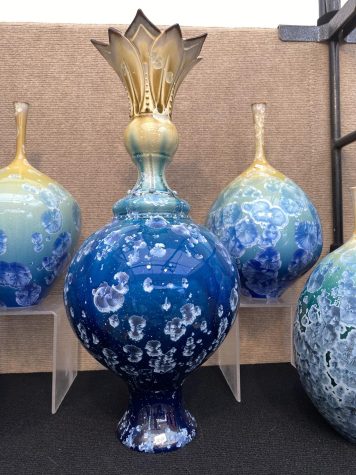
In a process I still don’t completely understand, Glenn uses a reactive element, like copper, and dips the pre-fired all dark-blue piece into an acid bath, where the colors shift and change, and even some smaller, less formed crystals can form, known as secondary crystals.
“The secondary crystals were totally invisible [before the acid bath]. I think that it’s like magic, like these stars floating in a night sky,” Glenn said.
He was so dedicated to his work and passionate about what he creates, that I could write a book about any singular aspect, just from our one conversation. In bidding goodbye, he gave me his card, repeating over and over to please reach out to him and to please ask him questions or sign up for a workshop.
I attended this art fair for my Art History class, taught by Mrs. Amy Madej ‘99. This year, Mrs. Madej was invited to the fair as an ‘emerging artist.’ I walked around what seemed like the entire art fair looking for Mrs. Madej, and finally I found her!
She had her own booth, with a placard saying ‘emerging artist’ and her name. Her booth was full of beautiful pieces, all carrying her signature designs and color choices. I talked with her for a bit, and she guided me in the direction of some amazing artists. Mrs. Madej seemed to know all the ins-and-outs of the art fair.
“Year after year I have attended the fair but never thought I would actually be the one exhibiting and selling my pieces. I am honored to have been chosen for the Emerging Artists program through the St. Louis Art Fair and appreciate all the love and support from my family, friends and SJA community,” Mrs. Madej said.
In our world, we have amazingly talented people, whether that’s in art, writing, sports, academics, or something else. Individually, these people are great, but when the Socrateses and Aristotles of our generation reach out and share their expertise, their masteries can expand and everyone can learn something new.



